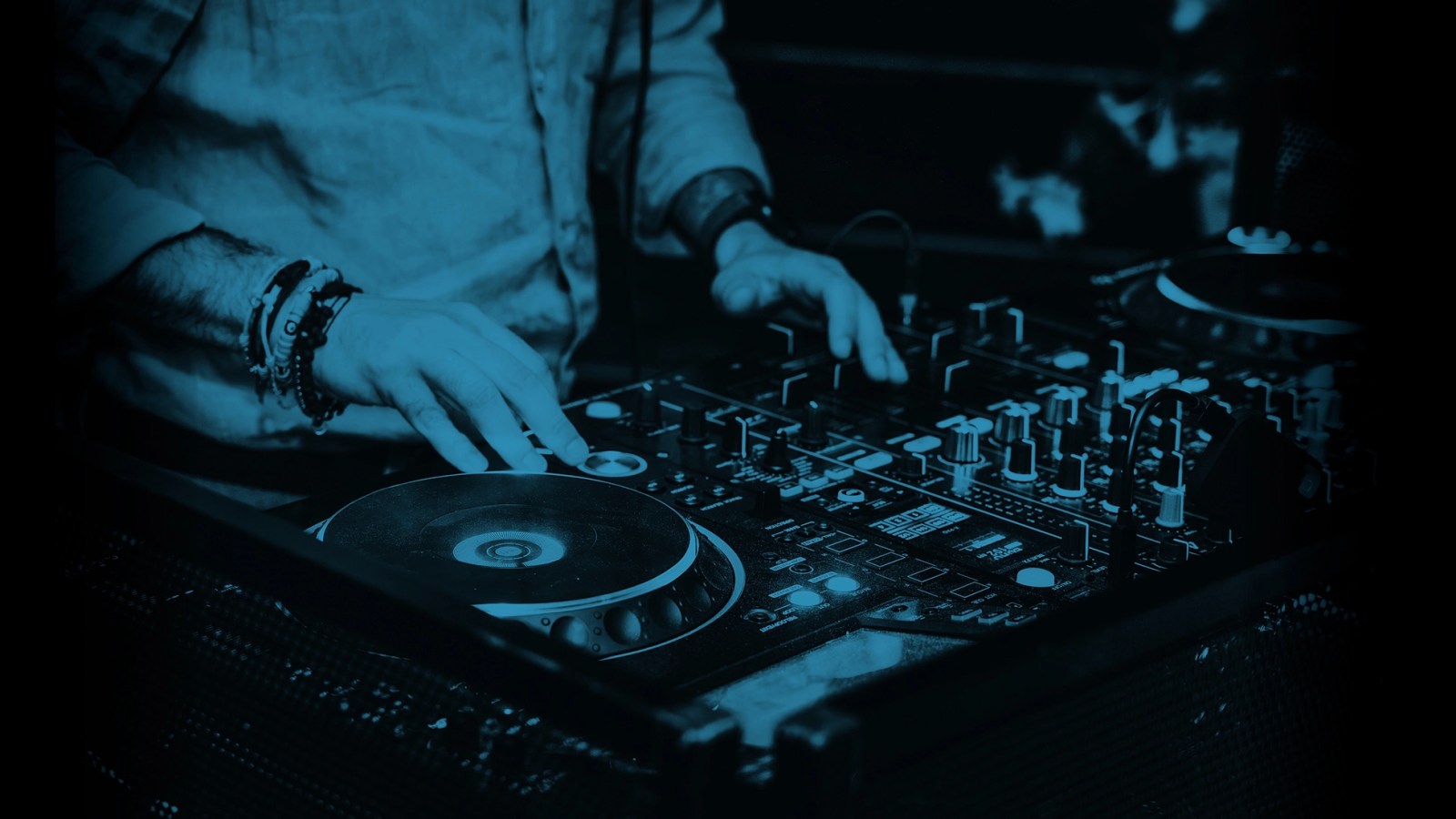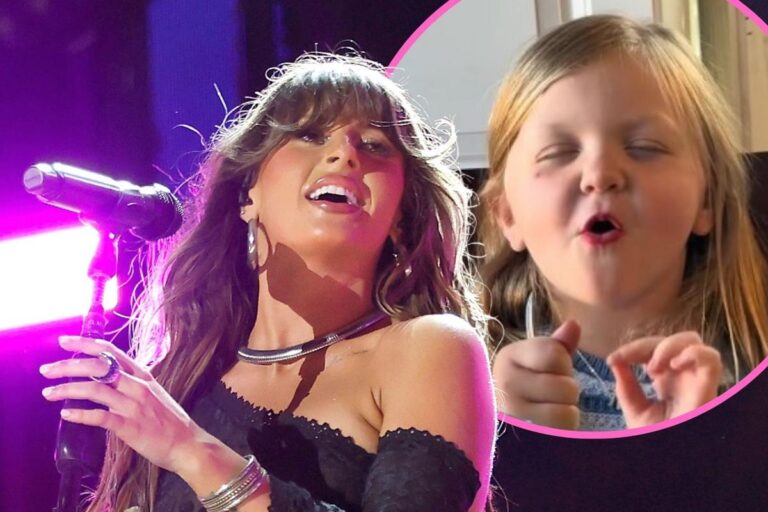Is a dancefloor even worthy minus house music? The past half-century has seen legions of hits—from Inner City to Stardust—and nothing keeps people shaking like that inescapable four-on-the-floor blitz. After going worldwide, house has blissfully resettled on North American shores. Drake’s “Massive,” produced by house DJ Gordo, commanded the dance circuit, and Beyoncé’s Renaissance caused a cultural upheaval, highlighting house’s Black (and queer) roots. Hitting up the club is far more exciting, thanks to its penetrating beat. Where was that first crammed dancefloor?
Down the street and round the corner from Chicago’s Union Station sits the building that started it all. Though the dour structure went up in 1910, the typical ambiance inside was so progressive that in the Nineteen Seventies, people were partying like it was 1999. Located on 206 Jefferson in Chicago’s West Loop, the Warehouse, house music’s prime nightclub, was a revolutionary dance haven all about inclusion, style, and evolution. So iconic was the Warehouse that it even gave house its name, becoming a temple of euphoria. When, in 1979, fed-up Chicagoans blew up a crate of disco records in the middle of Comiskey Park, they lashed out at Black and queer dance disciples. Those rouge-ish White Sox fans sent a crystal-clear message: “You don’t belong.” Thankfully, Frankie Knuckles, patron saint of rare grooves at the Warehouse, had been laying out a new path for deflated partygoers with a choice mix of subtle deep cuts that all but bull-horned, “You’re already here!”
What was so arresting about Knuckles’ sets was their unique melding of forgotten Philly soul with Latin-fused sides and ticklish new wave. Through the 3rd-floor entry, a sea of immaculate sound engulfs Warehouse patrons fortunate enough to traverse its sweat-smeared murk. By 1979, when the Comiskey stunt went down, the parties began to draw a considerable young, Black, and mostly queer crowd, who had little to no nightlife choices in the segregated city. Knuckles, who witnessed the Comiskey fiasco, said his highly curatorial Warehouse blends were “disco’s revenge.” And in the early Eighties, Knuckles began “editing” classics on reel-to-reel, extending beats, and isolating vocal parts, the added effect of which made bootlegs of his famous sets fly off the local retailer’s shelves. No wonder—the beats thumped harder, and the vibes were so incredible they placed the faithful under a spell.
Sometime around 1982, “house” moved to the always-jumping Music Box. Ron Hardy, the point man on Saturdays, played his own (more fervent) “edits” of Seventies thrills like First Choice’s “Let No Man Put Asunder.” The building’s floor had actual holes from all the sped-up footwork. And Hardy’s edit became a vigilant marching order once his punched-up bass and lucid synths moseyed out. By the time Jesse Saunders peaked with 1984’s “On & On,” house’s first official single, Chip E.’s “Time to Jack” was plying torso contusions, and Farley “Jackmaster” Funk had begun to make overtures to the UK with his party starter, “Love Can’t Turn Around.” More hits would follow.
Madonna’s 1990 scorcher, “Vogue,” positioned house more firmly in the mainstream, making way for high-BMP bops by Robin S., CeCe Peniston, and Crystal Waters. Soon after, TV, films, and even Nintendo games had house-themed soundtracks, and practically every key artist had a Hex Hector remix. But mainstream saturation made US listeners focus on the latest star-placing pop trend, not the vast heritage of Black LGBTQIA culture from which house emerged. Like jazz in the Nineties, house became more beloved in Europe, gaining a massive base of supporters in Ibizia, Paris, and London. House had made the whole world its home. Back in the Chi, RP Boo furthers the feted footwork aesthetic with his sweaty sets, which feel like inclusive, Black celebrations. House music’s queer empowerment spirit—underground for far too long—is at the forefront, thanks to Chicago raver Honey Dijon. Here’s to partying for plenty more millennia.



